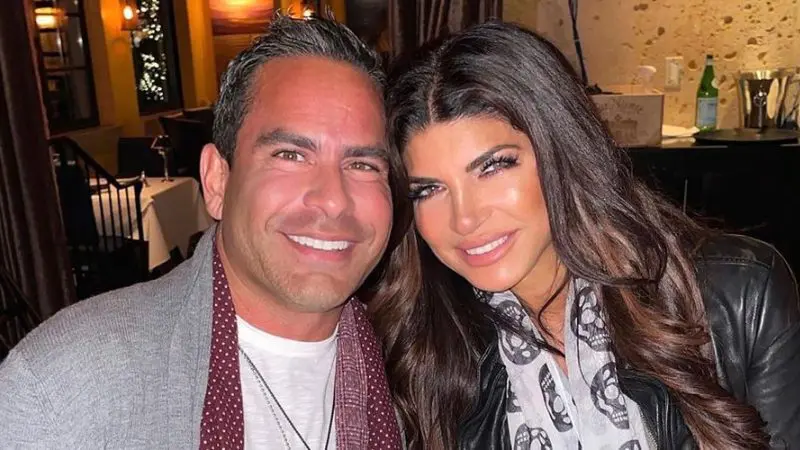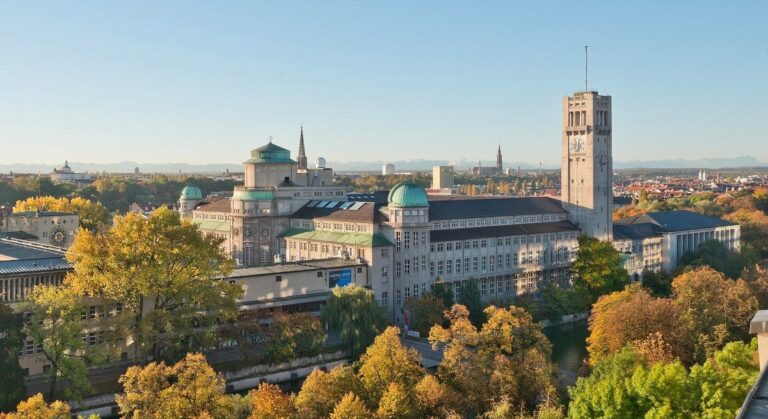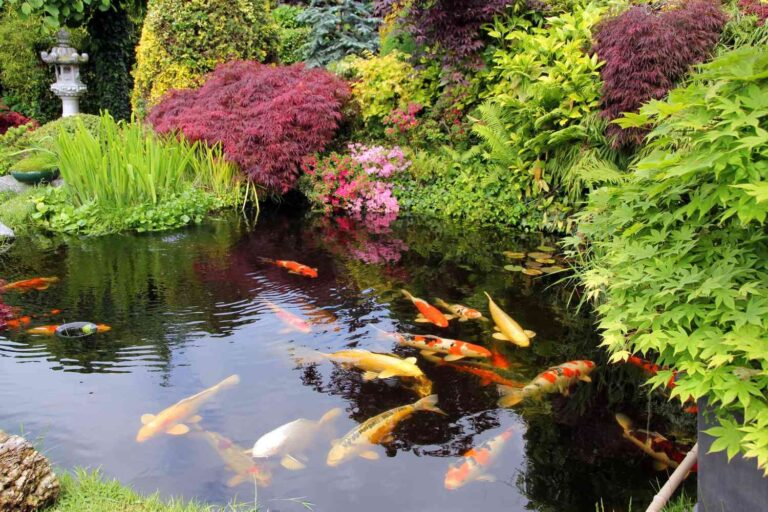Norway is a country with a rich cultural heritage and diverse culinary traditions that have been shaped by its unique geography and history. From the coastal fishing communities to the inland farming villages, each region has its own distinctive customs and flavors that contribute to the country’s vibrant cultural tapestry.
While glamping in Norway, visitors have the opportunity to immerse themselves in these local cultures and cuisines, adding depth and authenticity to their outdoor adventures. Many glamping sites strive to incorporate elements of the local heritage into their offerings, allowing guests to connect with the traditions of the area while enjoying the comforts of luxury camping.
Table of Contents
Historical Influences on Norwegian Culture

Norway’s cultural heritage has been significantly influenced by its Viking roots and the traditions of the indigenous Sami people. The Vikings, known for their seafaring and trading skills, left a lasting impact on Norwegian culture, evident in everything from the country’s folklore to its modern-day festivals.
The Sami people, who have inhabited the northern regions of Norway for thousands of years, have also played a crucial role in shaping the country’s cultural identity. Their traditional way of life, which revolves around reindeer herding, fishing, and craftsmanship, continues to be celebrated and preserved today.
These historical elements can be seen in various contemporary cultural expressions, such as the annual Viking festivals that take place throughout the country. During these events, participants dress in traditional Viking garb, engage in historical reenactments, and showcase traditional crafts and skills.
Similarly, Sami festivals and cultural events, such as the Sami Week in Tromsø, celebrate the unique traditions and arts of the indigenous people. These events often feature traditional Sami music (joik), handicrafts, and reindeer racing, providing a fascinating glimpse into this ancient culture.
Visitors may have the opportunity to participate in or observe these cultural events, depending on the location and time of year. Some glamping sites may also incorporate elements of Viking or Sami design into their accommodations or decor, allowing guests to immerse themselves in these historical influences during their stay.
Regional Cultural Highlights
Norway’s diverse geography has given rise to a variety of regional cultural practices, each with its own unique charm and character. From the northern reaches of the country to the stunning fjords and the bustling capital city of Oslo, visitors can experience a wide array of local traditions and customs.
In Northern Norway, the Sami culture takes center stage, with reindeer herding, traditional handicrafts, and joik music being important aspects of daily life. Visitors to glamping sites in this region may have the opportunity to learn about Sami traditions firsthand, such as trying their hand at reindeer lassoing or purchasing authentic Sami handicrafts like colorful woven textiles and intricately carved knives.
The fjord regions of Norway are known for their stunning natural beauty and rich maritime history. Here, visitors can experience the legacy of the Vikings through local festivals and cultural events. Many glamping sites in the fjords are situated near charming coastal villages where traditional boat building and fishing practices are still honored.
Oslo, Norway’s capital city, offers a more contemporary cultural experience, with a thriving arts and music scene. Glampers staying near Oslo can easily explore the city’s numerous museums, galleries, and performance venues, which showcase the best of Norwegian and international talent. From the iconic Opera House to the vibrant street art of the Grünerløkka neighborhood, Oslo provides a fascinating contrast to the more traditional cultural experiences found in other parts of the country.
No matter where you choose to go glamping in Norway, you’ll find opportunities to engage with local crafts, music, and dance. Many glamping sites partner with local artisans and performers to offer workshops, demonstrations, and live events that allow visitors to immerse themselves in the regional culture. Some popular experiences might include a traditional Norwegian folk dance lessons, a visit to a local potters workshop or blacksmith forge, or an intimate evening concert featuring regional musicians at your glamping site.
Overview of Norwegian Cuisine
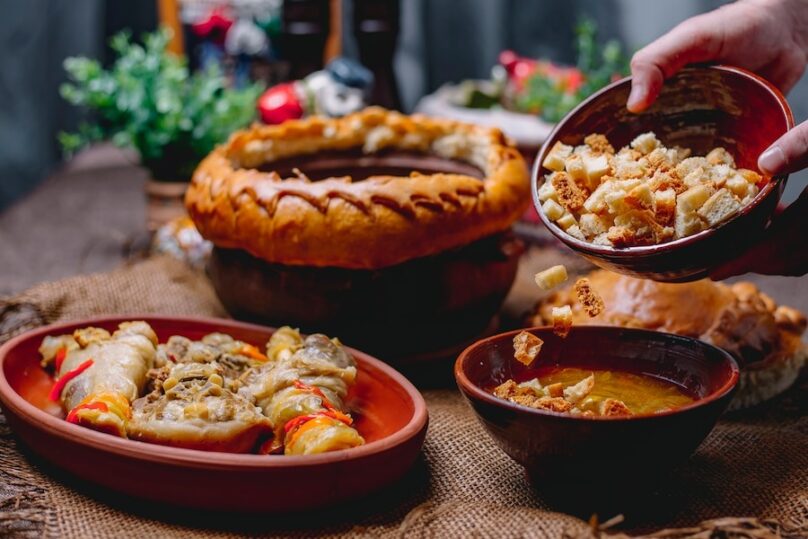
Norwegian cuisine is known for its fresh, natural ingredients and distinct flavors that are deeply connected to the country’s landscape and history. The long coastline and abundance of cold, clear waters provide a wealth of seafood, while the forests and mountains offer game meats, berries, and mushrooms.
Seafood plays a central role in Norwegian cuisine, with dishes like fiskesuppe (fish soup), fiskeboller (fish dumplings), and of course, the famous Norwegian salmon. Cod, herring, and trout are also popular choices, often served smoked, cured, or pickled. Visitors can expect to find seafood dishes on the breakfast plates at most glamping sites.
Game meats, such as reindeer, moose, and grouse, are another staple of Norwegian cuisine, particularly in the more mountainous regions. These flavorful meats are often served as steaks, stews, or in traditional dishes like finnbiff (reindeer stew) and elggryte (moose stew).
Foraging is a time-honored tradition in Norway, with many locals gathering berries, mushrooms, and herbs from the forests and meadows. These foraged ingredients add unique flavors and nutrients to Norwegian dishes. Cloudberries, lingonberries, and chanterelle mushrooms are some of the most prized finds, often used in desserts, sauces, and side dishes.
Other typical Norwegian ingredients include potatoes, root vegetables, and hearty grains like barley and rye. These staples are often combined with seafood or meat to create comforting, nourishing meals that are well-suited to the country’s cool climate.
Traditional Norwegian Dishes
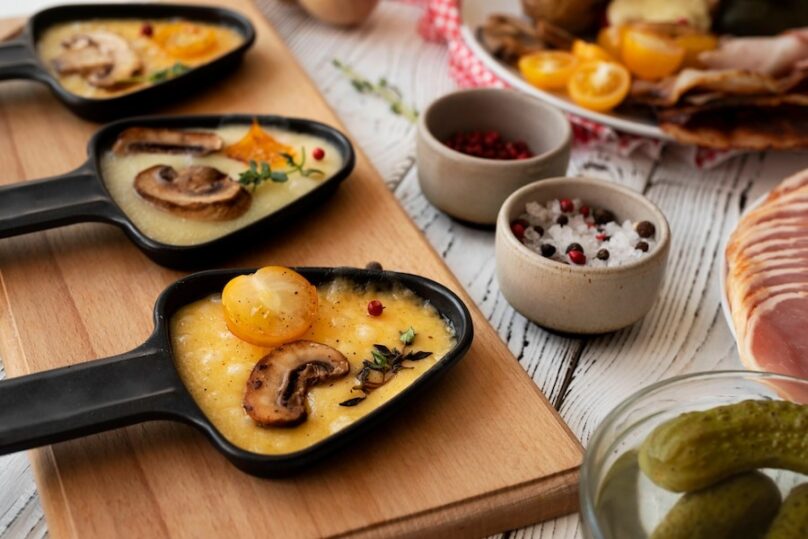
Norway’s traditional cuisine is a reflection of the country’s history, geography, and cultural influences. Some of the most iconic dishes may be an acquired taste for foreign visitors, but they offer a fascinating glimpse into Norway’s culinary heritage.
One of the most well-known Norwegian dishes is lutefisk, which consists of dried cod that has been soaked in lye before being cooked. The result is a gelatinous, somewhat pungent fish dish that is often served with boiled potatoes, pea stew, and bacon. While lutefisk is more commonly enjoyed during the Christmas season, some restaurants and local food festivals may offer it year-round.
Another traditional dish is rakfisk, which is trout that has been salted and fermented for several months. The fermentation process gives the fish a strong, pungent aroma and a complex, slightly sour flavor. Rakfisk is typically served sliced and accompanied by potatoes, sour cream, and onions.
For those who prefer a more familiar flavor profile, kjøttkaker may be a good choice. These Norwegian meatballs are made with a combination of ground beef, pork, and sometimes veal, and are seasoned with onions and spices. Kjøttkaker are often served with:
- Boiled potatoes
- Lingonberry jam
- Rich, brown gravy
When glamping in different regions of Norway, it’s worth seeking out local specialties that showcase the area’s unique ingredients and culinary traditions. In the northern regions, for example, visitors may want to try finnbiff, a hearty reindeer stew seasoned with juniper berries and served with lingonberry jam. In the coastal areas, fishcakes made with local catches like cod or haddock are a popular choice.
Local Ingredients and Sustainable Practices
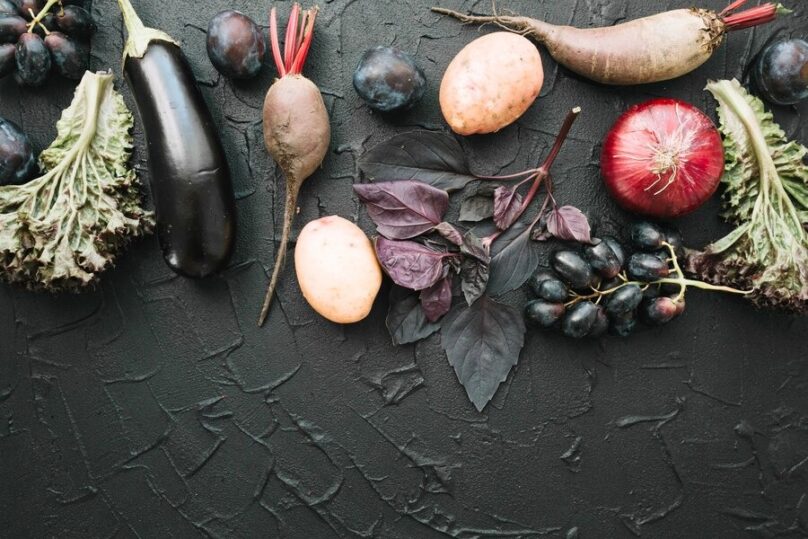
Norway places a strong emphasis on using local ingredients and promoting sustainable practices in its cuisine. Many chefs and restaurants prioritize sourcing ingredients from nearby farms, forests, and waters to ensure freshness and support local economies.
The country’s commitment to sustainability is evident in its fishing practices, with strict regulations in place to prevent overfishing and protect marine ecosystems. This focus on responsible harvesting ensures that visitors can enjoy high-quality, sustainably sourced seafood during their stay.
In addition to seafood, Norway’s forests and farms provide a wealth of fresh, seasonal produce. Many glamping sites and local restaurants collaborate with nearby farmers to incorporate locally grown fruits, vegetables, and herbs into their menus. This farm-to-table approach not only supports sustainable agriculture but also allows visitors to experience the unique flavors of each region.
Glampers can enjoy farm-to-table dining experiences in several ways:
- Some glamping sites may offer breakfast plates or picnic baskets featuring locally sourced ingredients, giving guests a taste of the region’s freshest flavors.
- Many glamping sites are located near local farmers’ markets, where visitors can purchase fresh produce, artisanal cheeses, and other locally made products to enjoy during their stay.
- Glamping sites may also recommend nearby restaurants that specialize in farm-to-table cuisine, allowing guests to sample dishes made with ingredients sourced from local producers.
Norway’s culinary scene not only showcases the country’s natural bounty but also contributes to the preservation of its unique ecosystems and cultural heritage. As a glamper, seeking out these farm-to-table experiences can be a rewarding way to connect with the local community and savor the authentic tastes of Norway.
Food and Cultural Festivals
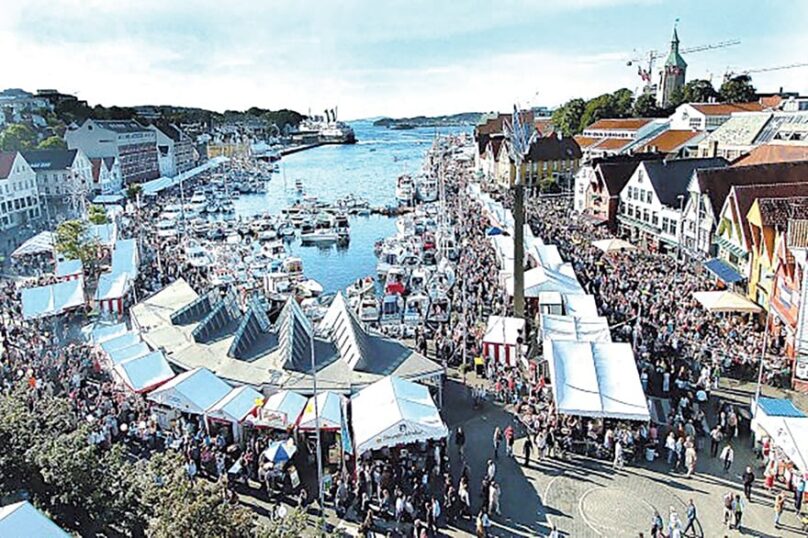
Norway hosts a variety of food and cultural festivals throughout the year, each offering a unique opportunity to experience the country’s traditions and flavors. Many of these events coincide with popular glamping seasons, allowing visitors to combine their outdoor adventures with immersive cultural experiences.
During the summer months, glampers can plan their trips around festivals like the Norwegian Wood Rock Festival in Oslo, which features both international and local musicians, or the Gladmat Food Festival in Stavanger, which showcases the best of Norwegian and international cuisine. The Risør Chamber Music Festival, held in the charming coastal town of Risør, is another popular summer event that attracts classical music enthusiasts from around the world.
In the autumn, foodies and culture lovers can enjoy events like the Trøndelag Food Festival in Trondheim, which celebrates the region’s culinary heritage and local producers, or the Bergen International Film Festival, which screens a diverse selection of Norwegian and international films.
Winter glampers can time their visits to coincide with festivals like the Tromsø International Film Festival, which takes place in the heart of the Northern Lights region, or the Sami Week in Tromsø, which honors the indigenous Sami people’s culture and traditions. The Viking Festival in Haugesund is another popular winter event, featuring historical reenactments, traditional crafts, and Viking-inspired cuisine.
To plan a glamping trip that coincides with one of these food and cultural festivals, visitors can:
- Research the dates and locations of festivals that interest them and align with their preferred glamping season.
- Book accommodations at a glamping site near the festival location, ensuring ample time for travel and participation in the event.
- Purchase tickets or make reservations for the festival in advance, as some popular events may sell out quickly.
- Plan their glamping itinerary around the festival, allowing time to explore the local area and enjoy other cultural and outdoor activities.
Conclusion
Engaging with local culture and cuisine is an essential part of the glamping experience in Norway. From the traditional dishes that reflect the country’s history and geography to the sustainable practices and farm-to-table dining experiences, Norway offers a rich culinary landscape for glampers to explore.
By timing their visits to coincide with food and cultural festivals, seeking out regional specialties, and embracing the local ingredients and flavors, glampers can deepen their connection to Norway’s unique heritage and contemporary culture.
As you plan your glamping trip to Norway, be sure to explore both the well-known and hidden cultural gems the country has to offer. Whether you’re savoring a traditional lutefisk dinner, attending a Sami cultural event, or exploring a local farmers’ market, immersing yourself in the local culture and cuisine will undoubtedly enrich your Norwegian glamping experience.
Related Posts:
- Top 10 Restaurants in Pensacola, FL | Local Picks
- Norway's Most Mesmerizing Mountain Glamping Hideaways
- Glamping in Norway: Tips for a Luxurious Outdoor Adventure
- Fjord Adventures: Explore Norway's Stunning Landscapes
- W2S Net Worth 2024 | Insights into His Influential…
- Druski Net Worth and Rising Celebrity Wealth: Updated 2024





